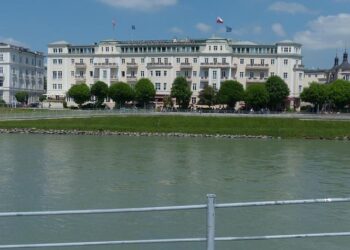Investigation of the zero resistance and temperature-dependent superconductivity phase transition in Pb-Cu-P-S-O compound by Huk Geol Kim, Dae Cheol Jeong and Hyun-Tak Kim.
Hyun-Tak Kim is one of the lead researchers for the LK99 team.
This new paper presents a specific critical temperature for PCPOSOS, demonstrating consistency with the original authors’ data.
In this study, they claim to clearly showed the superconductivity of PCPOSOS. Each sample exhibited zero resistance and superconductor-conductor phase transitions, with zero resistance values and critical temperatures clearly matching the data provided by the original authors. They release the raw data and videos of the zero resistance and temperature-dependent measurements publicly available online. Also, they will sequentially disclose XRD analysis, SQUID M vs H Meissner effect, and critical current data in future papers. A scholarly mindset entails a critical attitude. It is important to distinguish between skepticism and denial and maintain an attitude aimed at uncovering the truth. they welcome constructive discussions and questions regarding our samples and data.
NOTE: The zero resistance measurements have been criticized before. The team is continuing to work to improve their production and testing.
They also shared some videos of the experiments.
Video of the production process.
New partial levitation video.

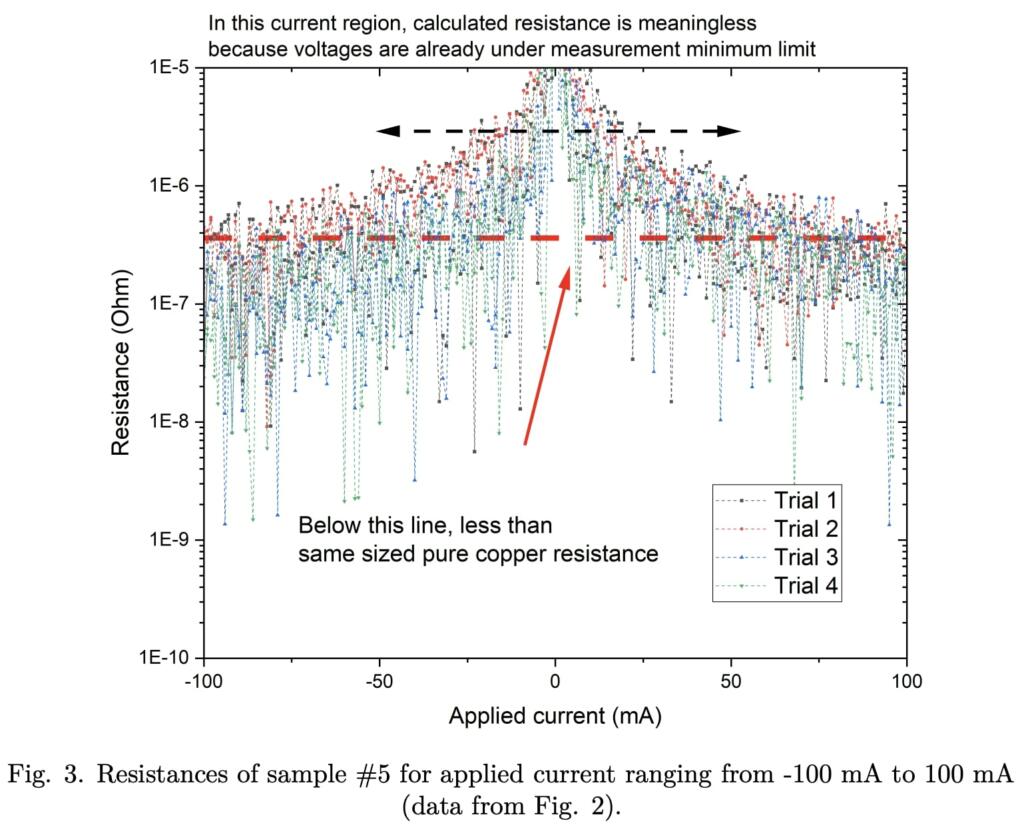
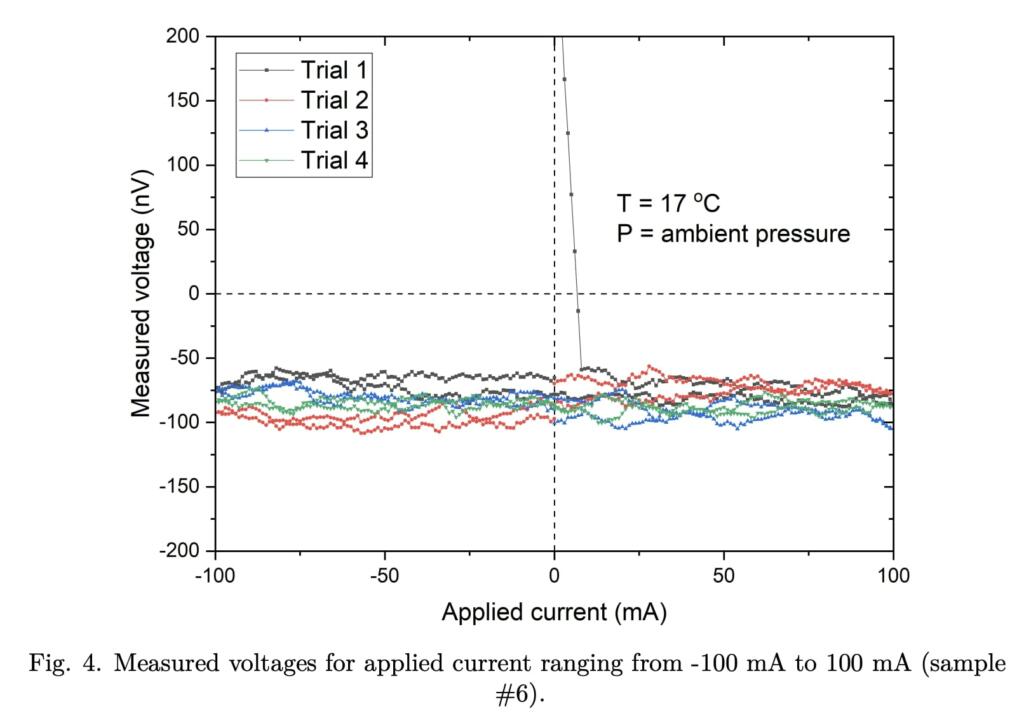
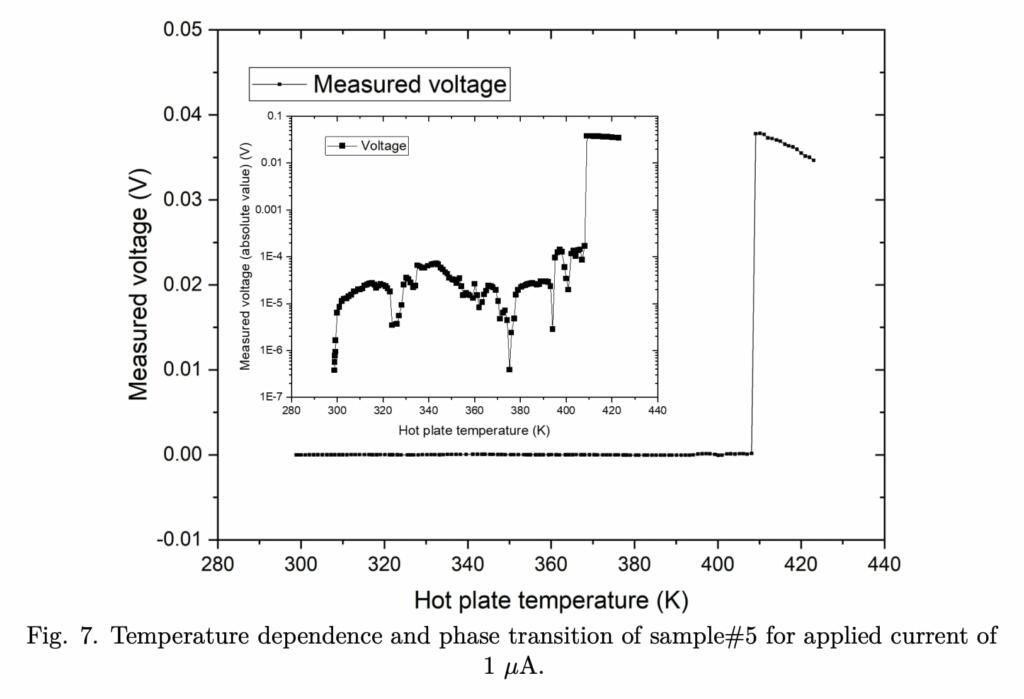

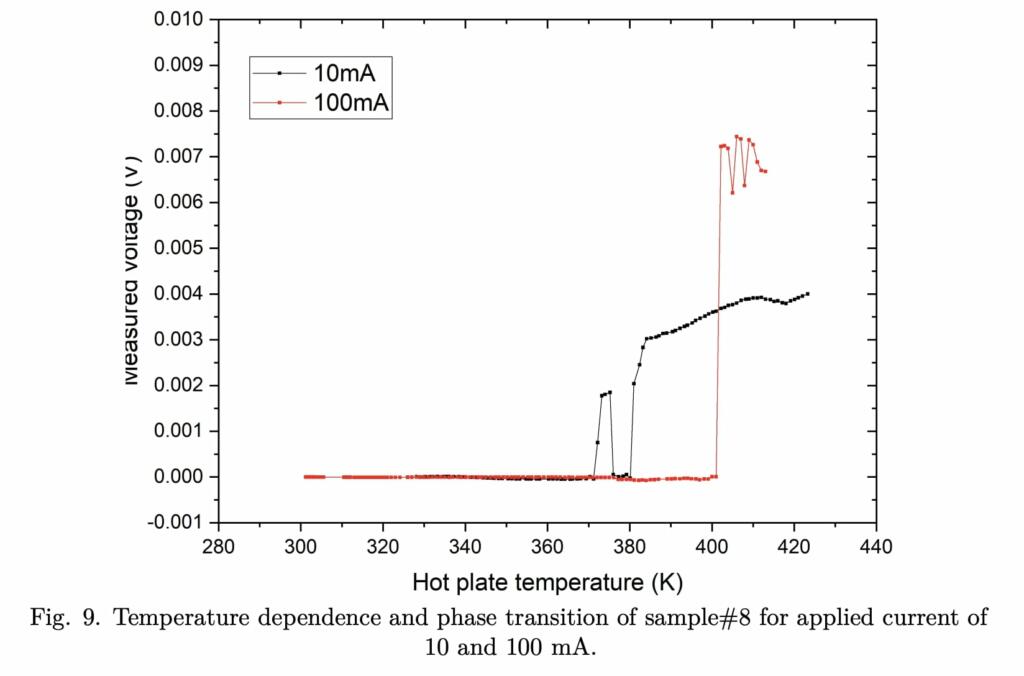
Recently, PCPOSOS (Pb10−xCux[P(O1−ySy)4]6O1−zSz) (x=3 ~6, y+z=0.3 ~ 0.4), which has garnered international attention, has been recognized as a potential room-temperature superconductor (RTSC). Although many research teams have attempted to replicate the it, they replicated PCPOO (Pb10−xCux(PO4)O) (x=0.9 ~1.1) which is the previously known chemical formula. Research teams concluded that PCPOO is an insulator. However, the possibility of superconductivity emerging from the lanakite structure has been suggested through DFT simulation. Also, Kim suggested that the superconductivity of PCPOSOS can be interpreted by BR-BCS theory. To date, unfortunately, only a few studies have seriously attempted to replicate PCPOSOS. However, the potential Meissner effect has been discovered by some research groups [in China]. Furthermore, in this groups previous study, they repeatedly confirmed the zero resistance of PCPOSOS. In this study, they focused on the phase transition depending on temperature, which is crucial evidence of superconductivity. They have repeatedly validated the phase transition and present the critical temperature. The estimated critical temperature aligns with the claims of the original authors. Moreover, for those who may not understand despite the zero resistance data in their previous paper, they kindly provide additional explanations

Brian Wang is a Futurist Thought Leader and a popular Science blogger with 1 million readers per month. His blog Nextbigfuture.com is ranked #1 Science News Blog. It covers many disruptive technology and trends including Space, Robotics, Artificial Intelligence, Medicine, Anti-aging Biotechnology, and Nanotechnology.
Known for identifying cutting edge technologies, he is currently a Co-Founder of a startup and fundraiser for high potential early-stage companies. He is the Head of Research for Allocations for deep technology investments and an Angel Investor at Space Angels.
A frequent speaker at corporations, he has been a TEDx speaker, a Singularity University speaker and guest at numerous interviews for radio and podcasts. He is open to public speaking and advising engagements.
>>> Read full article>>>
Copyright for syndicated content belongs to the linked Source : Next Big Future – https://www.nextbigfuture.com/2024/04/new-korean-room-temperature-superconductivity-pcposos-critical-temperature-research.html




















